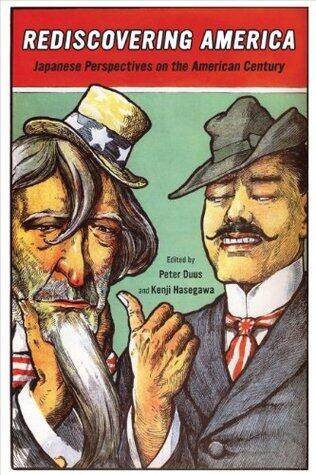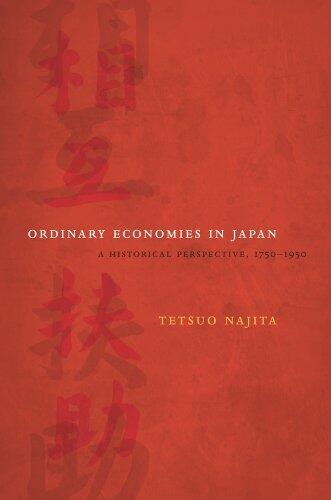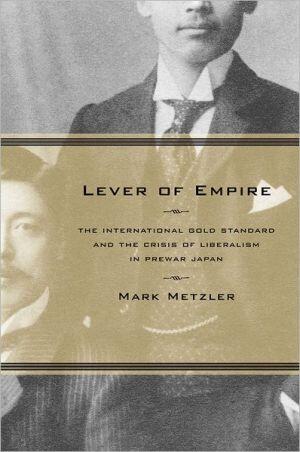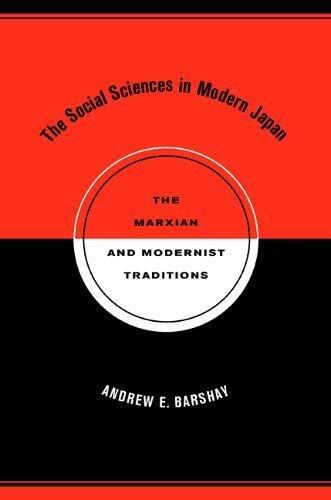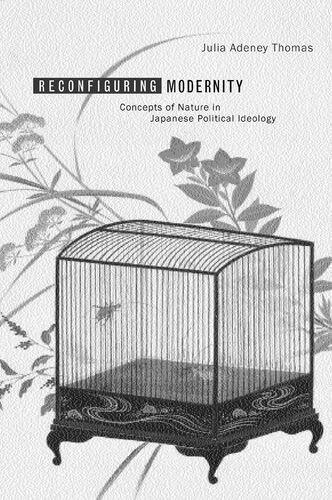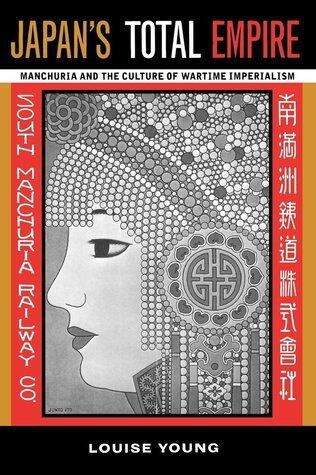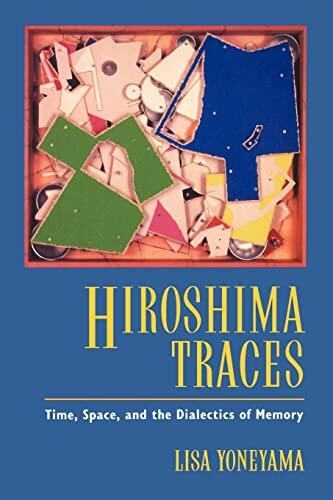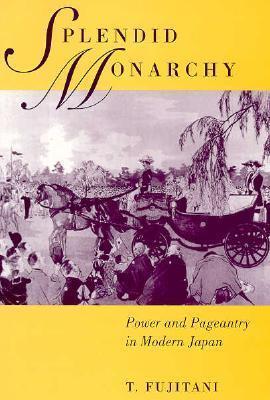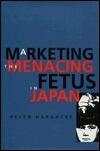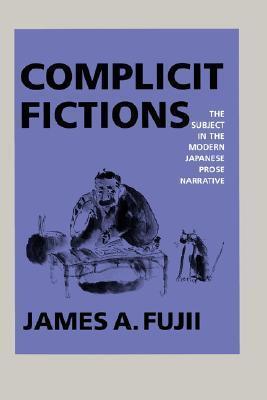
The City as Subject: Seki Hajime and the Reinvention of Modern Osaka
작성자
Jeffrey E. Hanes
아직 평점이 없습니다
Biography
Autobiography & Memoir
Science & Technology
+3
more
형식
하드커버
페이지
360
언어
영어
출판됨
May 10, 2002
출판사
University of California Press
판
First Edition
ISBN-10
0520228499
ISBN-13
9780520228498
설명
Seki Hajime emerges as a pivotal figure in the narrative of modern Osaka, showcasing a life devoted to the transformation of urban landscapes and civic identity in early 20th-century Japan. His tenure as mayor was marked by innovative policies and a vision that strived to position Osaka not just as a major city but as a dynamic reflection of modernity amidst the sweeping changes of the Taisho and early Showa eras.
Through an analytical lens, the book uncovers Hajime's contributions to urban planning, public infrastructure, and social reform, which were instrumental in shaping the city's identity. Readers will gain insight into how this influential leader navigated the complexities of politics and culture, advocating for a vision of Osaka that blended tradition with modern aspirations.
The book's exploration extends beyond Hajime as an individual, delving into the broader historical and sociopolitical context of the time. It emphasizes the interplay between local governance and national identity, revealing how Osaka's evolution mirrored Japan's ambitions on the world stage. By chronicling this compelling story, the author adds a rich layer to the understanding of urban development in Japan and the forces that propelled it into the modern age.
Through an analytical lens, the book uncovers Hajime's contributions to urban planning, public infrastructure, and social reform, which were instrumental in shaping the city's identity. Readers will gain insight into how this influential leader navigated the complexities of politics and culture, advocating for a vision of Osaka that blended tradition with modern aspirations.
The book's exploration extends beyond Hajime as an individual, delving into the broader historical and sociopolitical context of the time. It emphasizes the interplay between local governance and national identity, revealing how Osaka's evolution mirrored Japan's ambitions on the world stage. By chronicling this compelling story, the author adds a rich layer to the understanding of urban development in Japan and the forces that propelled it into the modern age.

